150 PICTURES OF THE USER GROUP
KINGAJOOSTRUBEN COLLECTIVE USER GROUP MAPPING
150 IMAGES PAGE
ORIENTATION ON USER GROUPS
CHOICE OF USER GROUP & COLLECTION AND WHY
LINK TO 150 IMAGES SITE AND IT’S KNOLLING
KNOLLING OF THE USER GROUP
STEREOTYPES ABOUT THE USER GROUP
VENN DIAGRAMS ABOUT OUR EXPECTATIONS, STEREOTYPES AND DIFFERENCES
STEREOTYPES QUESTIONARES
After gathering the 150 images we were told to start 'knolling' them. So we did, we categorized them and we named the categories. These names are keywords, we decided to elaborate a bit more specified on these keywords and research them a bit more so that we have a more broad view of the usergroup.
FLOWCHARTS ABOUT USER GROUP MAKING DECISIONS FOR AN INTERFACE
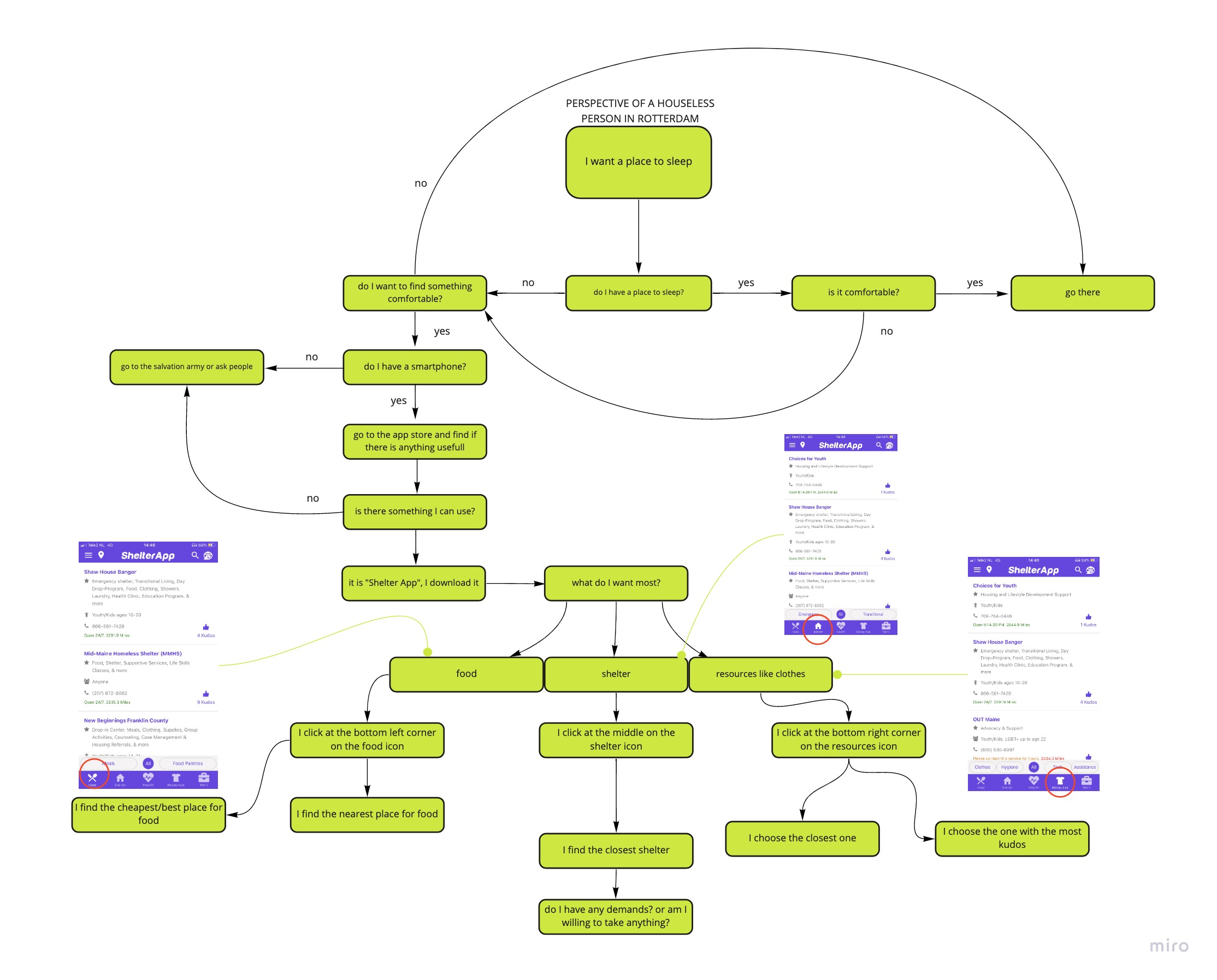
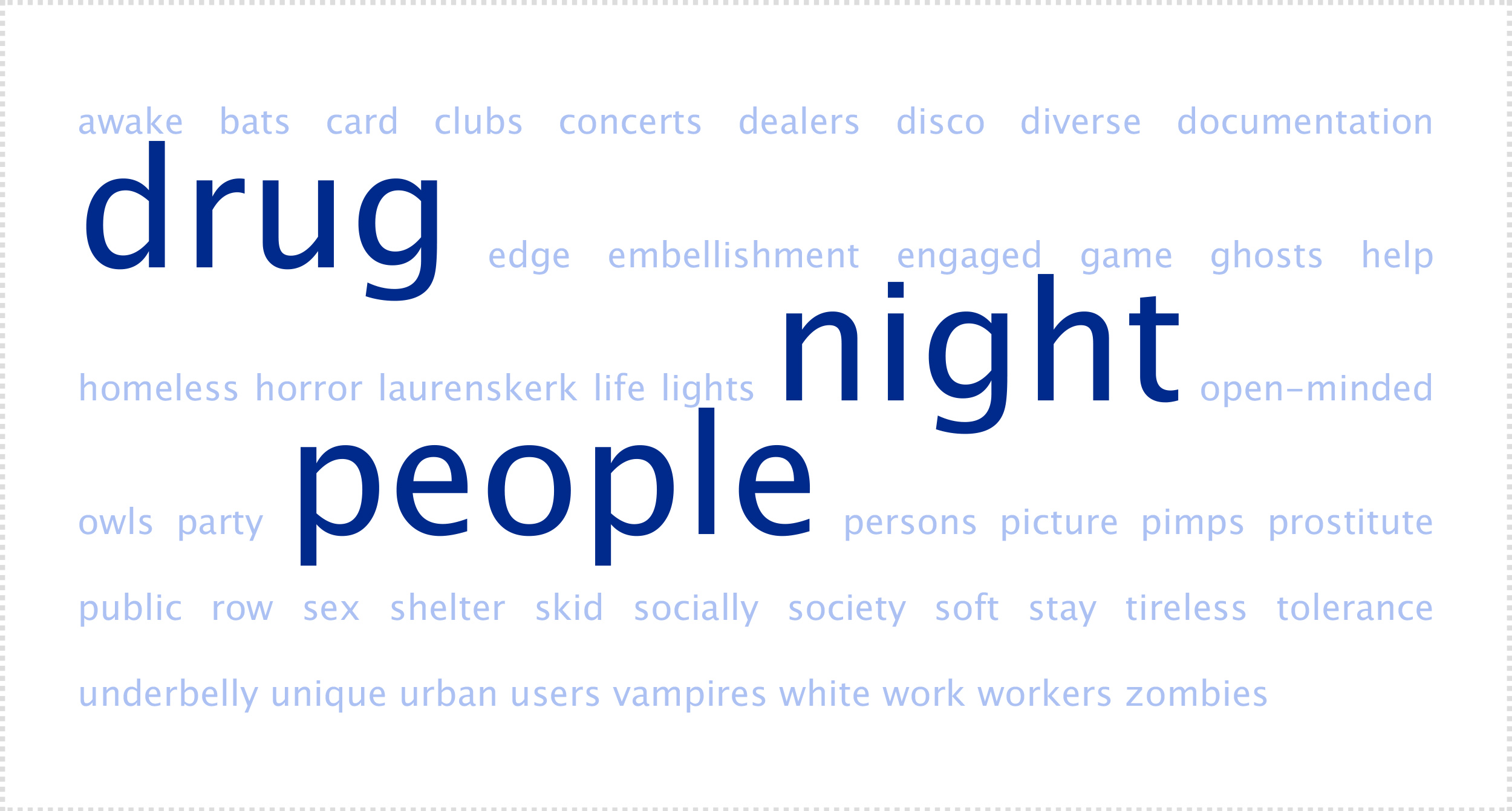
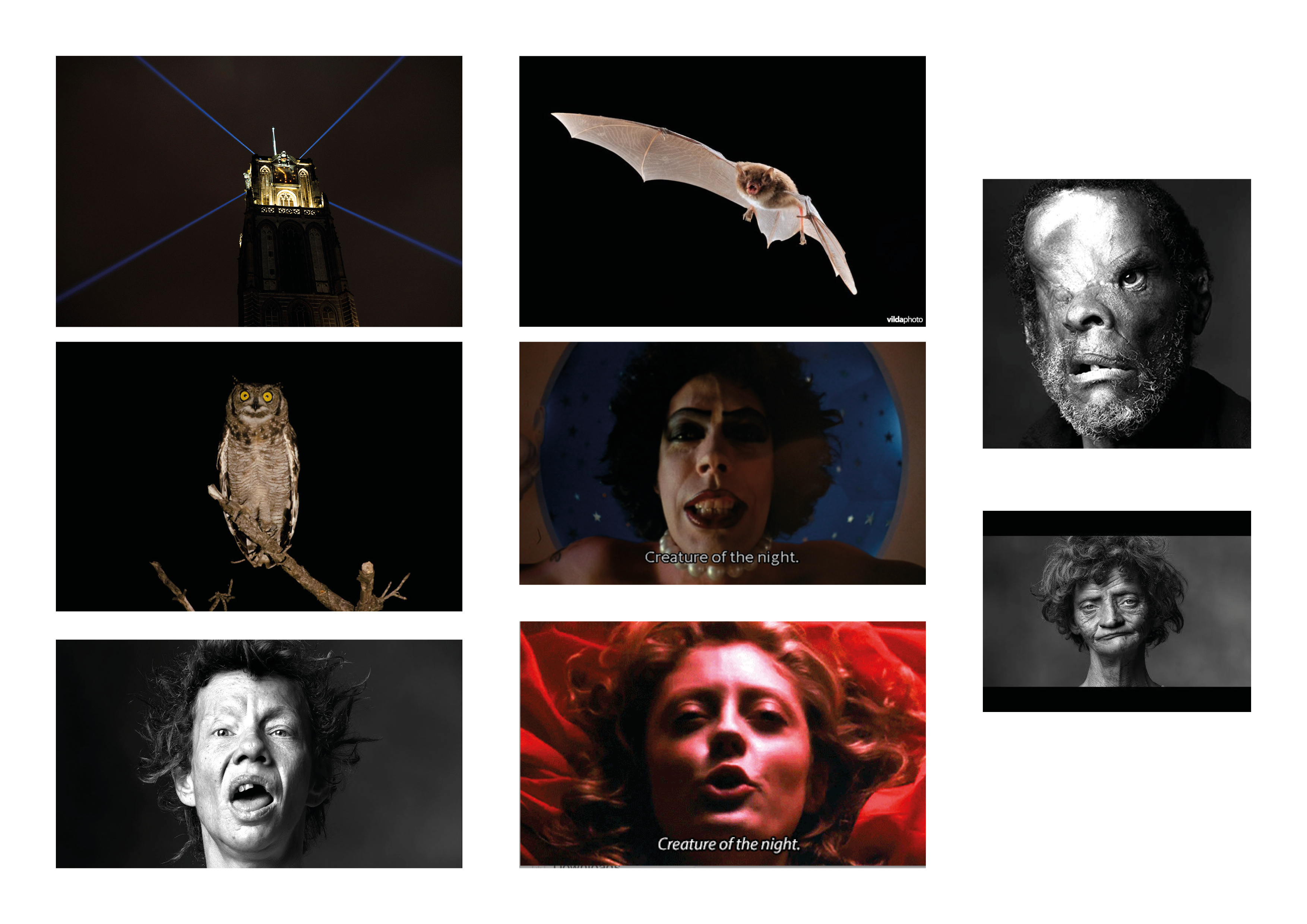
1.1 The assumptions I made were relatively nice and keeping in account the feelings of the other, which made me maybe slightly less honest towards myself. My assumptions were still true, but there was some information missing in my opinion.
1.2 As how many people do, I question how people become homeless and what their thoughts are of the world around them. I definitely do not want to be part of my user group, but I would like to inform myself by speaking to some of them.
2.1 The stereotypes are that homeless people always did it themselves, and that they are drug addicts. The majority of the people thinks that they will spend the money they were given on drugs and cigarettes. People think that they must be unloved, unwanted and full of hate because of this excluding behaviour.
2.2What kind of objects go with this stereotype?
think of objects like shopping carts, dirty clothes, big shopper bags, broken shoes, stolen bicycles, hats, dirty matresses, serynges, lighters, bottles, walking canes and missing teeth.
You also see that the identity and stereotype of the homeless person is mostly seen as a man, and is also being represented by childrens books, films, books and other media. this can for some people be seen as a confirmation of the stereotype that they have in their head.
3.1 The stereotype is being spread by media, or by the people who encounter homeless people in the street. People who find the homeless begging for money, might get irritated by it and this can cause them to want to spread bad opinions about them.
3.2 I think it was interesting when a man once came to me in the central station and started his story with: "I’m very embarrassed about it, but...." and this made me realize how he was aware of the stereotype that it looks very sad to see a person begging for money. Then he asked me to even though he was aware of how annoying it must be, help him with his problem by giving him some money. This was an interesting thing for me because you could see how he openly recognised the stereotype and told me that even though this was a situation as such, I could step around this and help him out.
J
O
O
S
T
Kinga:
ART IN THE PUBLIC SPACE for
CREATURES OF THE NIGHT
art pieces provided by BKOR
creatures: HOMELESS PEOPLE
YES, we are aware, that homeless people can't sleep on the streets in real life, but we created a scenario when they can
our collection is about to give people HOPE, these art pieces are not giving any physical help for those who live in the streets - as probably they would require that the most - but can give MENTAL SUPPORT.
J
O
O
S
T
The categories we found were:
COMPANIONSHIP, beggers, STREET SLEEPERS, COPING MECHANISM, shelters, cold, collectors, hygiene, government's reaction, jobs, HOMES, faces, giving help
Specifying our user group, we decided to go with the name HOUSELESS PEOPLE instead of homeless, and we chose 4 keywords with we can continue our research:
COMPANIONSHIP, STREET SLEEPERS, COPING MECHANISM, HOMES
MY ASSUMPTIONS:
- I believe that both homeless people and I have difficulties with our mental states but I have every possibility to treat it the way it supposed to be treated, and they probably not.
MY QUESTIONS:
- Can we provide mental support with the collection? Wouldn’t that make it even harder for them?
- Are we sure that everyone out there wants to be part of a community?
- Who’s the real audience of our project? Perhaps not houseless people in general, but houseless people who’d like to join others with the same mindset?
K
I
N
G
A
K
I
N
G
A
1. “Everyone creates stereotypes. We cannot function in the world without them.”
// 1.1 assumptions I still have: it is indeed hard to live on the streets with mental illnesses, same for hygiene
// 1.2 personal interest in this group
I admire them a lot. I’m sure they are on the streets because they have a good reason for that - either because they’ve lost their homes, families, jobs, etc, or because they have decided to do that so. However, mental illness is not something that can be ignored for a long time, it needs to be treated properly. I am curious about how they handle such situations, do they agree on taking action? Or do they have the strength to do it?
2. Signifiers that stereotype: Objects and their meaning
// 2.1 Which existing stereotypes have you found about your group?
- physical: long hair, beard, bad hygiene, teeth loss, baggy and dirty clothes
- mental: addictions (drug, alcohol, cigarettes) as a coping mechanism, companionship
- environment: home-builders, street sleepers, collectors (shopping carts, bags), shelters
// 2.2 Fragmentation and Fetishised: which objects are used to stereotype with?
- shopping carts, bags - collectors, on the go
- tent - home
- long, tangled beard and hair: bad hygiene
- cigarettes - addiction, coping mechanism
- begging - laziness
They often say that houseless people are lazy parasites who don’t want to work and live in a shelter. They’re begging for money as they don’t want to work. If you give them money they’ll instantly buy drugs or alcohol, not food.
3. The effect of stereotypes: Power and discrimination
// 3.1 Who spreads these stereotypes about your user group?
- People who live in houses, people with paid jobs, the government. It’s a kind of discrimination that I would call classism, as they make a huge part of the poverty, the penniless.
// 3.2 Examples for reversed stereotype
I’m not sure, but:
DO YOU EVER STOP TO READ THE SIGNS?
By making this venn diagram I started to realize that the line between our user group is very thin, I could just as well have been homeless, the line can be crossed by one little decision. All that is different is mostly just the luck of being born in a different setting. Or maybe it is a totally fair difference because somebody voluntarily didn't put any effort in creating a better world for him or herself. The one houseless person can not be compared to the other, so we should not judge them all the same.
Joost:
We chose this usergroup because the dark and sometimes dirty idea we all have about the night and it’s creatures seemed as an interesting approach for this project. And to try and be different than the already done work, we decided to choose for homeless people and their need for mental help and or support.
The works that BKOR provides are not gonna be able to help the homeless people physically, but they could surely give a boost of moral for the people who need it; including homeless people.
The assignment was to make a flowchart for your user group towards an existing app. The app i chose was "ShelterApp". I decided to capture the process of a houseless person deciding whether or not to use the app, or to choose for the bad sleeping environments instead, and if the app would be used, what the decision taking behaviour of the person would look like.
SHELTER APP joost
WHAT'S UP APP kinga
As for me, the most similarity with my user group is the need for mental support, but
a huge difference is that I get the opportunity to get help, but they probably won't.
So I decided to map the app called What's up which can be downloaded for free and offers many facilities that help the person to calm down immediately.
option 1: Art in the public space for creatures of the night
option 2: Hiking routes for expats
option 3: online archive for gamers
This group did not really attract me because it kind of feels a bit boring as a thing to do, so therefor I expect my drive for the project to be less than when I am genuinely interested in the user and the collection.
Ruben:
We chose the art route by BKOR because it felt like the most interesting option, because the user group was such a wide range. It was a challenge to link our user group, which consists of houseless people, with the project, but we decided to focus on mental support for as the main idea.
The art pieces do not only give mental support, but would also bring people with the same struggles together, so they can also support each other.
R
U
B
E
N
When making this exercise I realized that I was thinking in stereotypes quite a lot. I was making assumptions that most homeless people were doing drugs, alcoholics or don't have a job, but I didn't keep in mind that some homeless people might actually have a job and live a seemingly normal life. My biggest question therefore became: Why do people become homeless? After looking into this I realized this is because of thousands of different reasons. What was interesting too, is that I came to the realization that I have more in common with homeless people then I thought I would have.
GOOGLE MAPS ruben
For this assignment I chose an existing app that would still be applicable to our user group. Google maps came to mind cause it is a great app to map out all the artworks and to calculate routes for the homeless. This flowchart shows most of the options on Google Maps and what choices the user can make when planning their route.
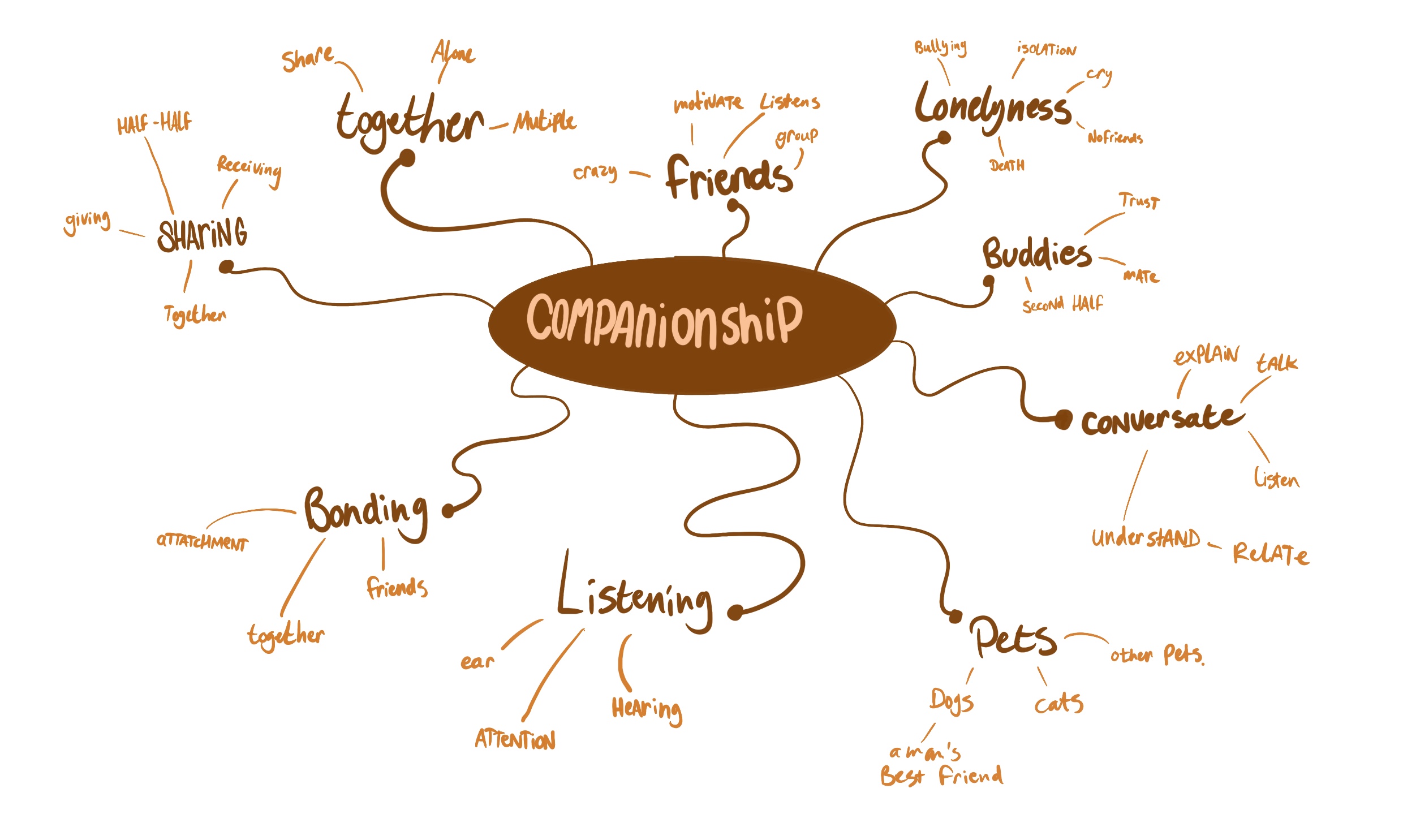
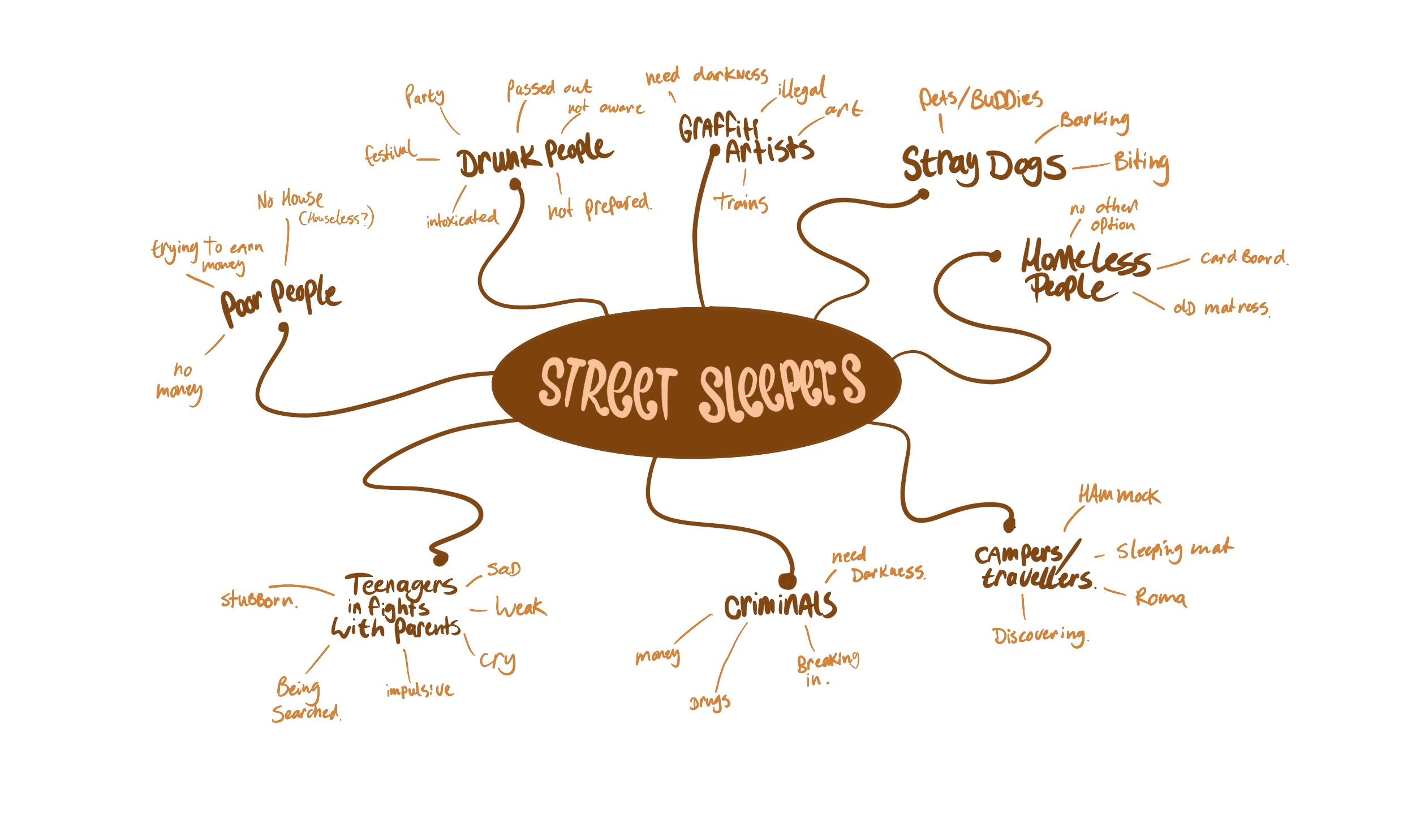
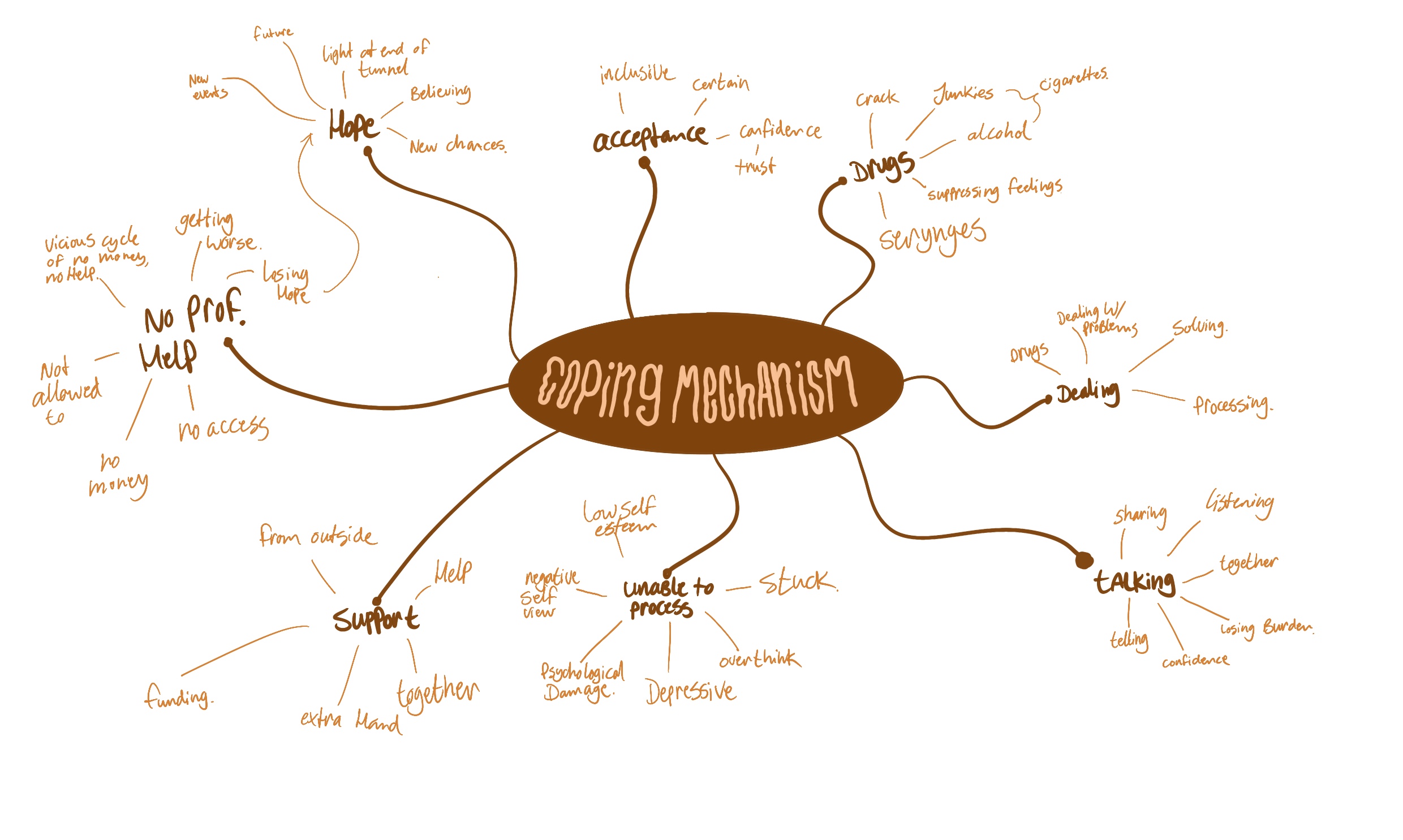
1.1 Assumptions I still have are: bad hygiene, no house and taking belongings with you.
1.2 I’m interested in how homeless people got to the point they have to live on the streets. I do not admire this group, because I don’t want to live on the streets as well. Although I don’t admire them, we do have some things in common, as I like to hang on the streets as well sometimes, enjoying the sun, having a drink or walking around town.
2.1 Some existing stereotypes are that homeless people are themselves to blame for living on the streets. Other ones are that most homeless people are addicted to drugs, alcoholics or socially divergent people. Most people think these people are not fit for society and they will see these people as lower than themselves.
2.2 Cigarettes or other drugs – Found in the media (news and articles) and from my own experiences.
Old, dirty and broken clothing – Found in the media (news and articles) and from my own experiences.
Bad hygiene: long hair, beards, long nails, bad teeth – Found in the media (news and articles) and from my own experiences.
Shopping carts or suitcases – Found in the media (news and articles) and from my own experiences.
3.1 These stereotypes are mostly spread by the media and article sites in the area. In most large cities, like Rotterdam, the streets in the city centre are filled with homeless people. In some cities they become more like a plague and are a nuisance to most ‘normal’ people living in the city. By putting homeless people in a bad spotlight, these articles aim to make this problem known to the wider public so the community has to take action for this problem.
3.2 I found it really refreshing that a while ago a homeless man came to me and instead of asking for money, he asked for something to eat. This made me realise that if he would’ve asked for money, people would assume it would be for drugs or alcohol. By saying this, he showed that he does not desire this and instead just wants something to eat. I’ve also seen some videos on the internet of hairdressers giving out free haircuts to homeless people. This reversed the stereotype of bad hygiene for homeless people.
R
U
B
E
N